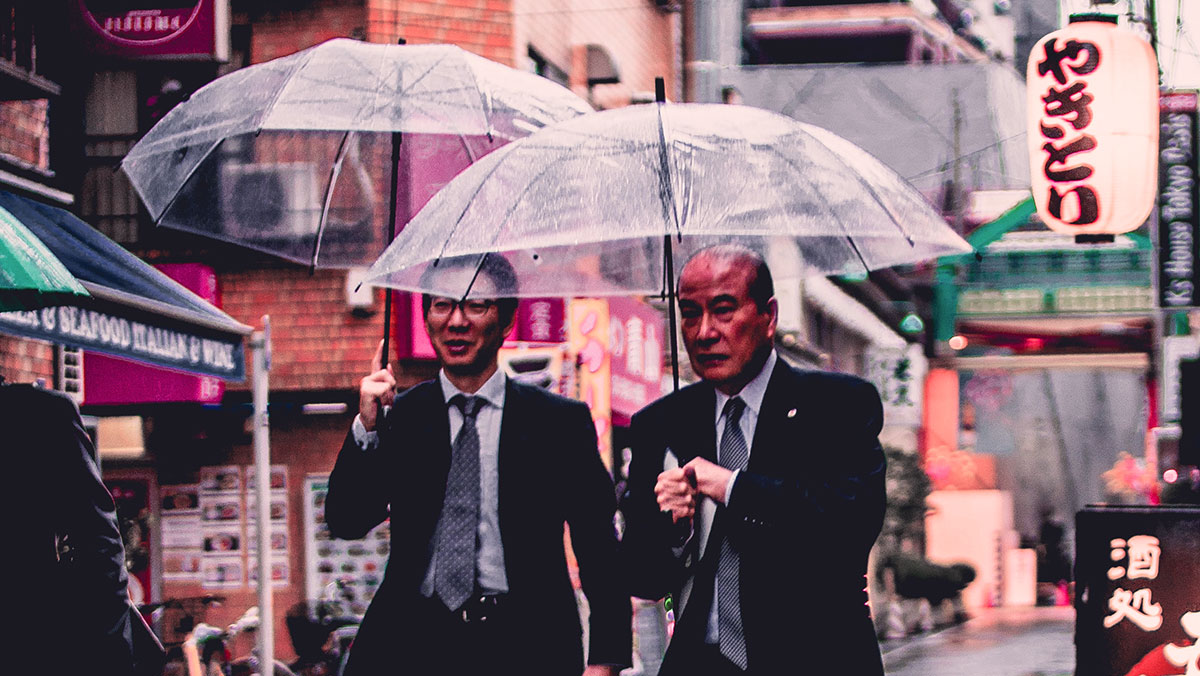
The barriers to entry for creating a marketing agency have never been lower. In the United States, it is estimated that there are over 78,000 advertising agencies, not including marketing-specific agencies with niche service offerings.
Despite increased competition, the top agencies continue to win large accounts and expand their digital footprint abroad. This competitive advantage is not easily distinguishable but comes down to how an agency projects its brand and how the brand is perceived.
The value here is not what agencies think is valuable, but what the client deems valuable.
This article will touch on how a modern agency brand is built and what strategies agencies can use to appeal to clients in certain parts of the world. Despite globalization and interconnectedness, failing to recognize cultural nuances can be catastrophic for agencies as referrals are typically the best lead-generation channel. Being insensitive or unaware can immediately tarnish an agency.
Using digital branding as a competitive advantage
The modern marketing agency is global, lean, and drastically more informal than agencies of the past. Almost 90% of global agencies employ less than 50 people and many can service clients without having a prior face-to-face meeting. The modern agency is active on social media, global facing, and usually correlates their brand with the personal brand of one or more of their founding partners.
For example, Gary Vaynerchuk, the energized founder of VaynerMedia, has scaled his agency to $131 million in annual revenue by creating a devout social media strategy and following of over 7 million people. Within his agency, everything is documented on social media and his company’s aesthetic propels New York to the outside world. For global companies looking to enter the US market, VaynerMedia’s brand appeal, starting with Vaynerchuk’s public persona, is very attractive as it represents success in the most competitive advertising market in the US and proven digital competency.
Interestingly enough, Vaynerchuk is unapologetically himself at all times. This includes cursing and a brash style that could come across as aggressive to more conservative cultures. Despite this, it works, as this transparency attracts authenticity and clients know what to expect before approaching VaynerMedia. While I would not consider VaynerMedia insensitive to cultural nuances, I do not see them changing or toning down their brand for the sake of closing a client. Once again, authenticity prevails.
A more conservative approach
Depending on the region, clients will be attracted to different characteristics of an agency. Historically, roughly 25% of my clients have come from Asia, a region rich in culture and at the same time extremely fragmented. What works for closing and servicing Chinese clients will likely not work for Japanese clients and vice versa.
According to Ease of Doing Business statistics, Singapore, Hong Kong, China, and Korea all rank in the top 10 countries to do business in. Japan comes in at 29. These statistics are typically used for multinational companies that look to permanently enter new territory but can be applied to the logic around subtle cultural differences.
For modern agencies, knowing how to brand your agency and services specifically for certain cultures can have a massive impact on their success. These nuances are often learned by experience and oftentimes blunders. For example, I noticed Chinese clients have a deep fascination with large western media brands such as The New York Times and Forbes. In Japan, it is common for CEOs to lean on their companies and leverage corporate marketing for their personal brands.
The modern agency would know this and come equipped with a bespoke proposal and strategy that adds value. The value here is not what agencies think is valuable, but what the client deems valuable. Value could be in the access you are providing rather than the traditional metrics that are usually valued.
Other nuances can include how money is discussed, the length and terms of contracts, collection schedules, and the weight of KPIs and deliverables. Modern agencies should be fluid in how they adjust to client preferences without getting run over. This delicate balance is essential for the mutual benefit of both parties.
Adapting to cultures while keeping brand consistency
There is a strong chance a potential client company has someone employed that has either studied, traveled, or lived in your agency’s country of origin. For agencies in the US, being able to communicate with someone in English is usually a great ice-breaker and helps build relationships that otherwise would have taken longer to build.
During my time in Japan, both of my client companies only had one native English speaker on their respective teams. In both cases, this person was Japanese but went to school in the US. Having this outlet drastically helped win business as well as complete successful campaigns. We bonded over similar popular culture references and could laugh off small hurdles that could otherwise compound into a larger issue.
Going the extra mile by over-communicating, showing patience, and providing more transparency than normal can be beneficial. These are strategies that can be applied to any culture, and despite how cliché, they are often not prioritized by western agencies looking to do business globally.
The good news is that communication is becoming normalized across the world. Formalities are being relieved in exchange for convenience. Business mechanics and expectations are slowly converging. For the modern agency, this presents a golden opportunity to scale quickly and effectively.
Cover image source: bantersnaps